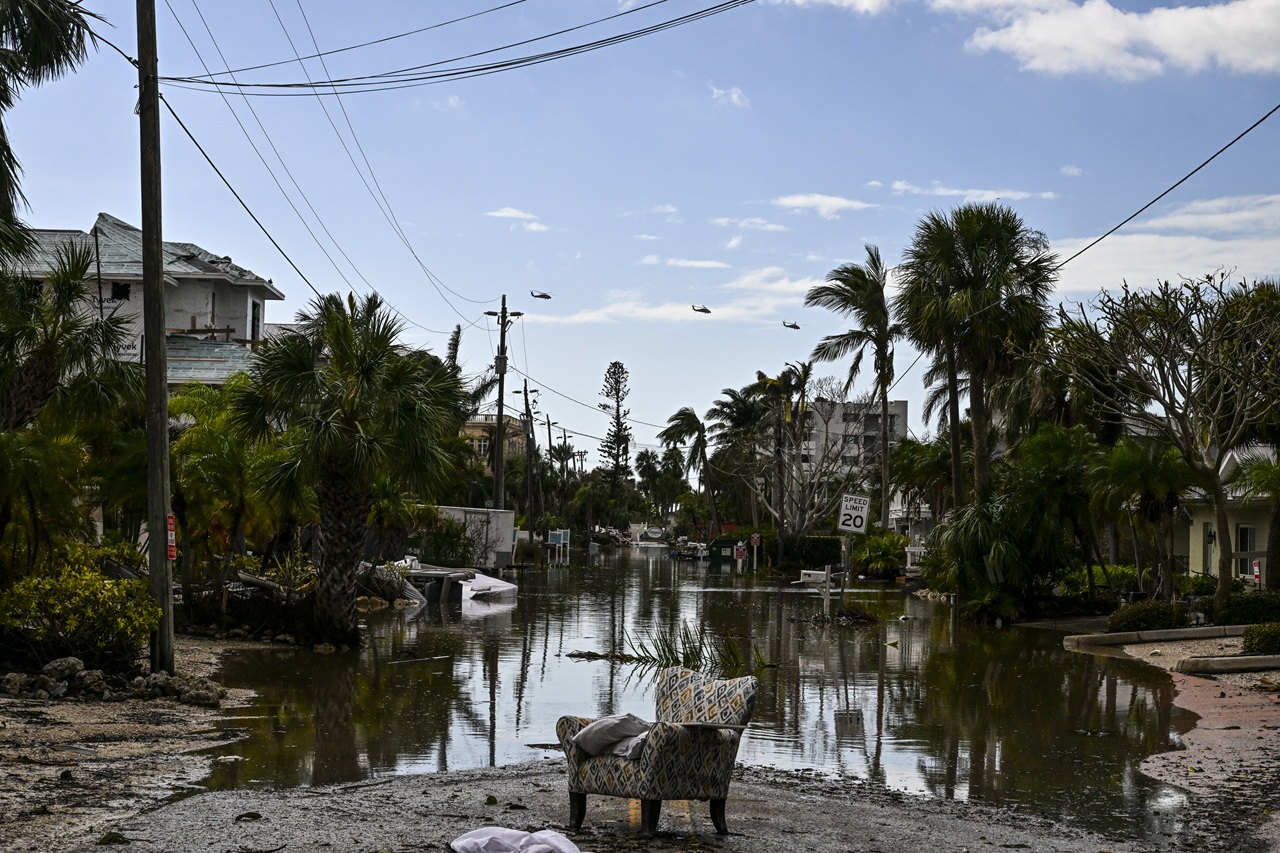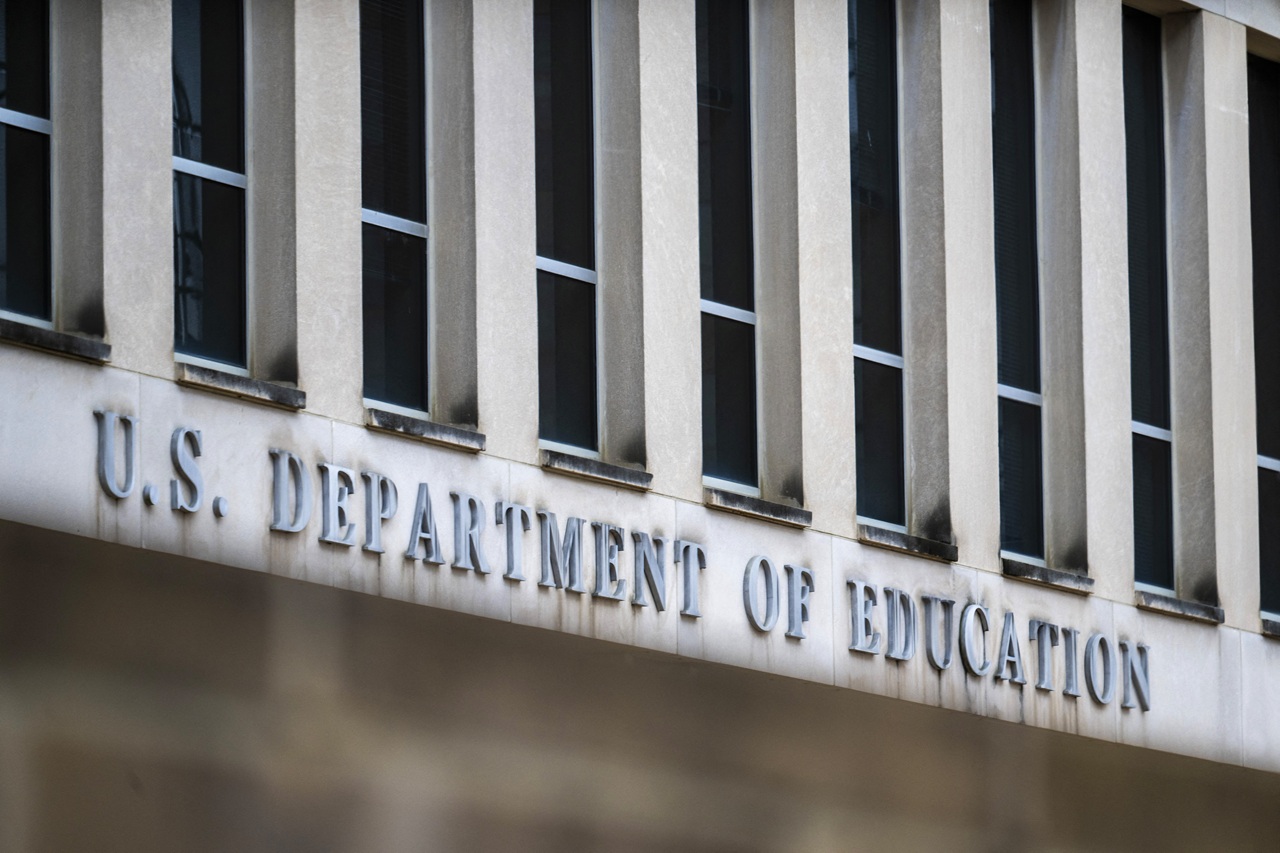
How to redistrict with racial equality in mind
The 12-member Voting Rights Working Group recently called on states to center racial justice as they work to redraw political districts.
On Tuesday, July 6, the Voting Rights Working Group released a statement regarding the redistricting process and the need for a racial justice focus when undertaking the work.
The Voting Rights Working Group is an association of 12 of the country’s most prominent and experienced nonprofit organizations seeking voting rights litigation on behalf of racial minorities.
Their member organizations are non-partisan legal advocacy groups with decades of experience in implementing the law to promote and protect the rights of people of color. Among these organizations are the American Civil Liberties Union, Asian Americans Advancing Justice, LatinoJustice PRDLED, Native American Rights Fund, Southern Coalition for Social Justice, and Brennan Center for Justice at NYU School of Law.
Today The Voting Rights Working Group released a statement around the redistricting process & the need for a focus on racial justice while we determine the political boundaries in our communities for the next decade.
— LatinoJustice PRLDEF (@latinojustice) July 6, 2021
Find the full statement here: https://t.co/4zrpHUDDdp pic.twitter.com/NypkbL7GLH
The redistricting process has already begun in many states, with the appointment of members to state redistricting commissions and with public hearings.
The process will determine political districts for the next decade. During the process, states and the jurisdictions within them redraw district maps that shape legislative, congressional, and local power.
The 12 member organizations of the Voting Rights Working Group have been collaborating for up to a century on behalf of communities of color and language-minority communities, to secure their participation in the redistricting process. They work to ensure they have political representation, as these communities are systemically silenced, particularly in this area.
The Voting Rights Working Group is committed to serving these communities through advocacy, movement lawyering, community education, and litigation, all with a main focus on advancing racial justice.
“Through our longstanding racial justice-focused work, we have built strong relationships with community-based organizations, leaders in communities of color, and individual community members who are eager to assist in redistricting efforts around the country,” the association wrote.
The collaborative then explained what it means to lead the work of redistricting with a racial justice focus.
#ICYMI - Redistricting 101: Building Community Power. We discuss resources available to help community groups with the redistricting process, gerrymandered districts, and more.
— Lawyers' Committee 866-OUR-VOTE (@LawyersComm) July 6, 2021
Watch Here: https://t.co/XNVz6QBvXY
First, it means understanding and acknowledging America’s “complex history of racial exclusion and segregation.” It noted the systemic transgressions of Native American genocide and displacement, and all forms of slavery, including mass incarceration, xenophobia, Jim Crow Laws and more.
Moving forward with this focus also means reflecting on the many ongoing barriers still faced by people of color as a result of this history, especially regarding voting and redistricting.
RELATED CONTENT
“We seek a shared affirmative vision of a fair and inclusive society, focusing on building civic, cultural and political power of Native Americans, Latinos, Black Americans and Asian Americans, along with others, and prioritizing transformative solutions that dismantle structures of racial oppression,” the association wrote.
Redistricting with a racial justice also requires recognition of the longstanding efforts to control and reduce the electoral power and influence of people of color in this nation.
This means placing the Voting Rights Act as a top priority, and standing by its core principle, that communities of color have the right to a full and equal opportunity to vote for their preferred candidates in all elections.
It means committing to creating “majority-minority districts” when needed to offer the chance to elect minority-preferred candidates. It also means that if the legal conditions are not sufficient for creating these types of districts, the priority must be to create minority influence, and minority coalition districts.
“At the same time, compliance with the Voting Rights Act is a nuanced, fact-specific inquiry and simplistic and crude interpretations of the Act should not be used as a pretextual excuse for disadvantaging communities of color,” the association wrote.
Finally, it is essential to facilitate and attend to the views and opinions of these communities concerning how district lines should respect communities of interest.
This requires inclusion of all communities of color as members of line-drawing bodies, and creating major opportunities for minority input in line-drawing by eliminating barriers, such as language, technology gaps, and the time or form of permitted input.











LEAVE A COMMENT: